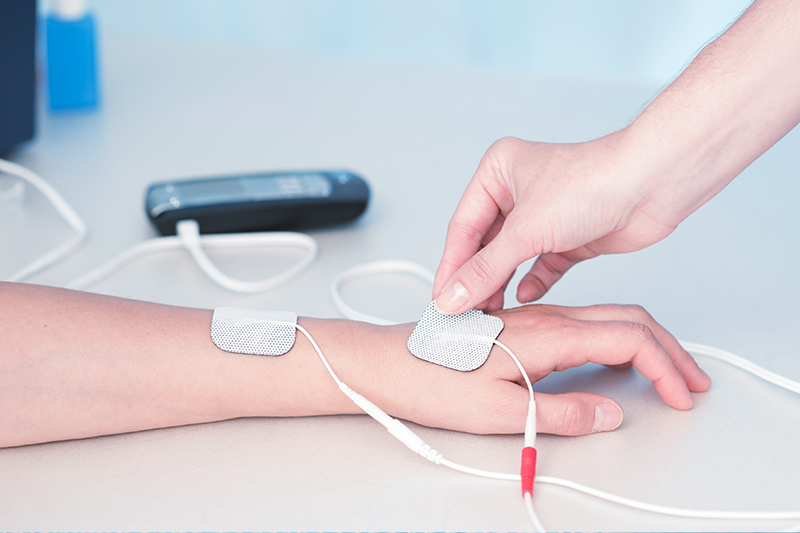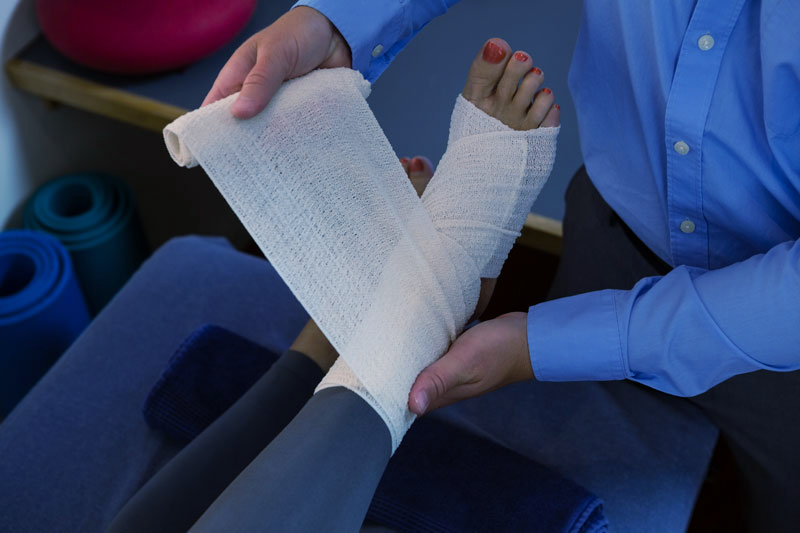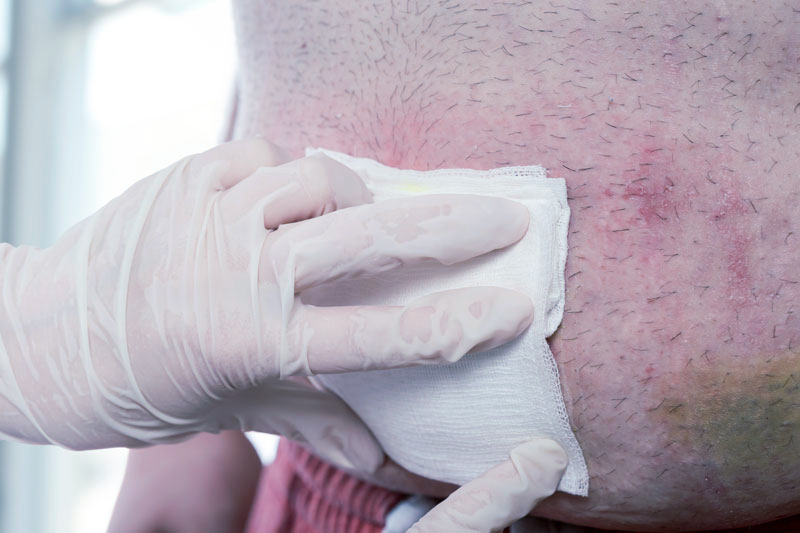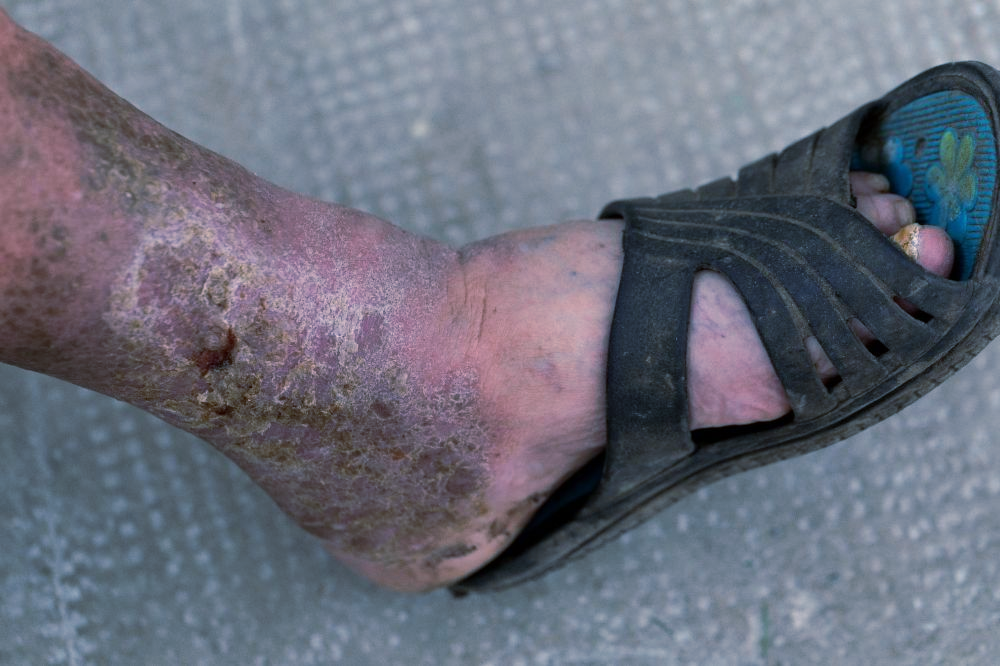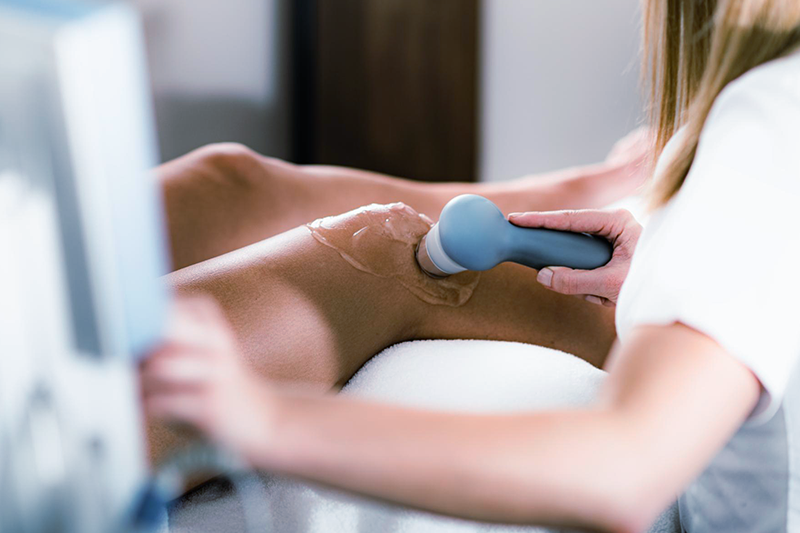Treatments We Provide
Wound Dressings

What are Wound Dressings?
Wound dressings are specialized materials used in mobile wound care to cover and protect various types of wounds, supporting the body’s natural healing processes. These dressings come in different forms, each designed to address specific wound characteristics and promote optimal healing. Examples of wound dressings include:
- Calcium Alginate Dressings: These dressings are derived from seaweed and are highly absorbent, making them suitable for wounds with heavy exudate. They form a gel when in contact with wound fluid, aiding in wound debridement.
- Wound Wash Dressings: Wound wash solutions are used to cleanse wounds gently, removing debris and bacteria to create a clean environment for healing.
- Sodium Alginate Dressings: Similar to calcium alginate dressings, sodium alginate dressings are absorbent and can help manage moderate to heavily exuding wounds.
- Hydrogel Dressings: Hydrogel dressings maintain a moist wound environment and are particularly useful for wounds that need rehydration, such as burns or dry necrotic wounds.
- Hydrocolloid Dressings: These dressings are adhesive and help create a moist environment for healing. They are ideal for wounds with light to moderate exudate and can provide a protective barrier.
- Collagen Dressings: Collagen dressings contain collagen derived from animal sources or human amniotic tissue. They promote tissue regeneration and are beneficial for chronic wounds and ulcers.
Mobile wound care professionals select and use these dressings based on the wound’s characteristics and the patient’s specific needs to ensure the most effective wound management and healing outcomes.
Why are Wound Dressings Performed?
How are Wound Dressings Performed?
The application of wound dressings in mobile wound care is a meticulous process carried out by trained healthcare professionals. It begins with a thorough assessment of the wound’s type, size, and characteristics. Based on this evaluation, the appropriate dressing type is selected to best suit the wound’s needs.
The dressing is then carefully placed over the wound, taking care to ensure it adheres securely and covers the entire affected area. The frequency of dressing changes and the duration of treatment depend on the wound’s condition and the specific dressing used. Throughout the healing process, mobile wound care providers monitor the wound’s progress, make necessary adjustments to the dressing type or regimen, and provide ongoing care to optimize the healing outcome. This methodical approach ensures that wound dressings are effectively applied and contribute to the successful healing of a wide range of wounds and ulcers.
What To Expect After Wound Dressings
Frequently Asked Questions about Wound Dressings
1. How often should wound dressings be changed?
2. Can I change my wound dressings at home?
Common Conditions We Treat
Featured Treatments We Provide
